The content of the article
Almost every cat has a tail. In some, it is very fluffy, in others it is not very, in the third it is completely smooth or without hair at all. There is an exception to the rule - cats without a tail. The habitat of this wonder animal is an independent island of Great Britain, Fr. Maine. There are simply no stray dogs - that says it all.
Now back to the cats with tails. Cats in our lives are common. Some people love cats more than any other pet, and consider it their duty to take care of these wonderful and lovely creatures, so they keep them in an apartment or in a country house in the garden. Someone goes to visit and meets with the cat there. Someone at the cottage running neighbors or local animals. Sometimes they can be found in the courtyard in the city. Be sure to find a volunteer who will care for them and feed them. Today you will not meet a man who has never seen a cat.
The cat is so beautiful animal that you always admire its beauty, dexterity and grace. The tail completes all its qualities, which fascinates a person and hypnotizes him, and also tells about the state of the animal, its mood.
A cat can always be on the couch, sometimes on the closet, and sometimes on the fence and on the tree. All this is done thanks to the flexible and faithful companion - the tail.
Now let's talk about the tail, how does it help the cat exist?
What is a tail?
The size of the tail of an adult cat is 25–28 cm and includes 19–23 vertebral discs. It has a large number of nerve endings. That's why cats don't like to touch her tail. He is particularly sensitive.
The nervous system of the tail passes into the inner part of the vertebra and is inextricably linked with the legs and head. If the cat severely damages the tail, then complete or partial numbness of the hind limbs can occur. And in consequence - urinary incontinence and severe pain in the hind legs and vertebra. All this can lead to depletion of the animal, and later to death. Never pull, do not bend the tail of a cat - this is its important part of the body.
Tail - lever and balancer
During the jumps, the cat almost always lands exactly on the spot where she planned to jump. She can immediately jump on the back of the sofa, window sill and even the handrail at the open balcony. This helps her tail. When turning the tail in one direction or the other, the cat also turns its body in a jump and lands exactly where it planned. The tail helps to turn the body in the right direction.
During the movement on the fence, curb, back of a chair, besides its soft legs and tenacious claws, the cat uses its unique tail. She walks in narrow subjects, like a tightrope walker under a circus dome, using a pole rope. Balancing the tail, it rises a little, then descends, then suddenly freezes and it creates the feeling that it is completely stationary.
During the hunt for a mouse, mole or bird, the cat's tail helps her quickly change the trajectory of movement. She can grab the victim in seconds in a jump. If you slow the movement of the cat in the air, you can see that when the mouse or bird moves in space, the cat turns its body along with turning the tail to catch the prey. But this is not always noticeable with natural movement. This happens so fast that the human eye is not always able to focus attention.
However, tailless cats from birth are no less graceful and dexterous, like cats from the Isle of Man who lack the gene responsible for tail growth. These cats have strongly developed hind paw muscles. Plus, such a cat can be more accurate. She does not need to hide and run away from her pursuers. Therefore, cats who had previously had an injury, and they lost their tail, or he stopped working and helping her in motion, did not lose their grace and ability to jump. Over time, their hind legs will be stronger, and the cat will also be able to jump and run along the street and climb trees or on sofas and armchairs. Just such cats will be harder to get away from danger and abruptly change direction when turning. Therefore, tailless cats love to lie down and sleep more.
Tail and in the heat and cold indispensable assistant
The unusual application of the tail helps the cat to cool its body. Unlike other animals, such as a cow, a horse, a cat needs a tail not to ward off stray insects, but to create ventilation around itself. During the heat of the day, she sometimes wags her tail, thereby creating a small breeze. Plus, while moving, the air masses cool the tail itself. Thus, the body of the cat is also cooled.
When the cold weather comes and the cat is not comfortable and cold, it is strongly rolled into a ball and covers the nose, ears and muzzle with its tail. It works in this case as a hot water bottle. Unfortunately, the tail of bald cats in this case is not very saving, because there is no wool, which creates more heat.
Tail - emotional signal
- When the cat is angry and does not want to be touched and annoyed to her, she begins to beat her tail on the floor. It may be light shots at first, but if she doesn’t like something at all, she hits her tail with a characteristic sound. Thus, warning, do not come to me.
- If the tail of the cat twitches a little, sometimes imperceptibly, then the cat is ready to communicate and caress.
- When the cat wants to eat, it starts walking around the owner and rubbing against the legs, the tail sticks out with a pipe, and the tip can sway slightly in different directions.
- When she is very frightened or angry, all the fur on her and on the tail stands on end. The tail sticks up, and sometimes when it is ready to throw, it is lowered down and knocks heavily on the floor. Everything suggests that one more step - and a bite or punch is provided.
These are the highlights in watching cats. If for a long time and not one day to observe and study the habits of your pet, then it will be possible to understand without words much more that a cat wants. If the tail is sluggish and the cat itself is drooping, then it is worth sounding the alarm - the animal is sick. And here it is immediately clear, you need to consult a doctor.
Cats need a tail to be agile and fast animals. It gives beauty and grace to the body of the animal. Helps in jumping, works as a steering wheel and balancer. It helps to cool the body in hot weather, or vice versa, to warm it in cold winter days. By the behavior of the cat and its tail, one can understand the mood and desires of the animal. So the tail is an important and irreplaceable part of the body in the life of such an amazing and one of the most beautiful animals in the world.
Video: why a cat has a mustache and a tail?

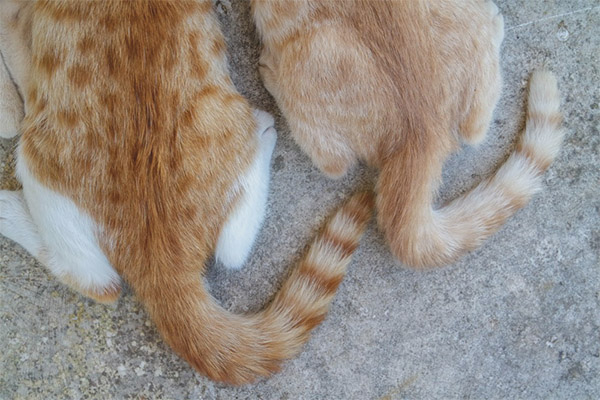
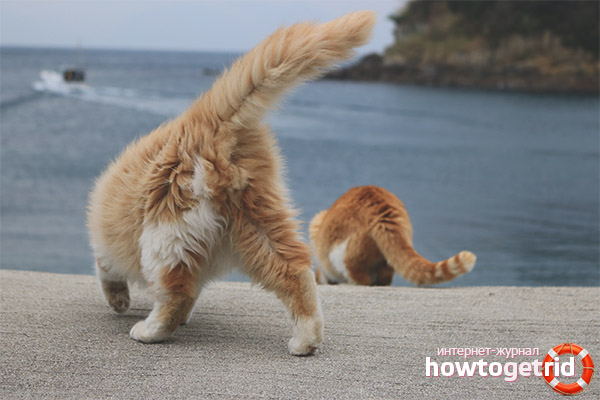
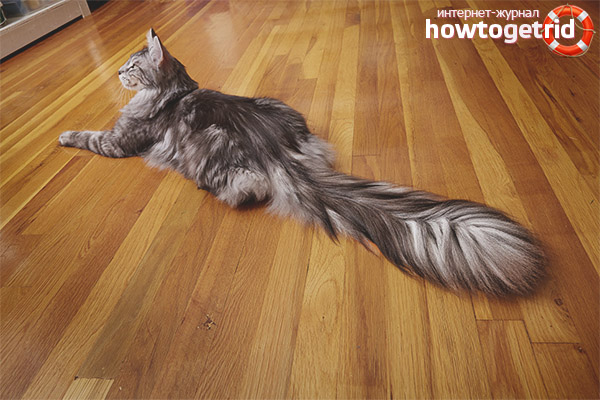






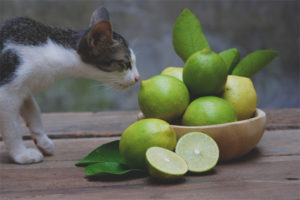
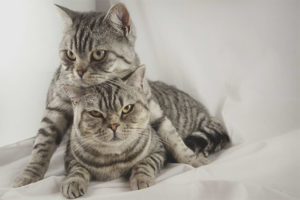

To send